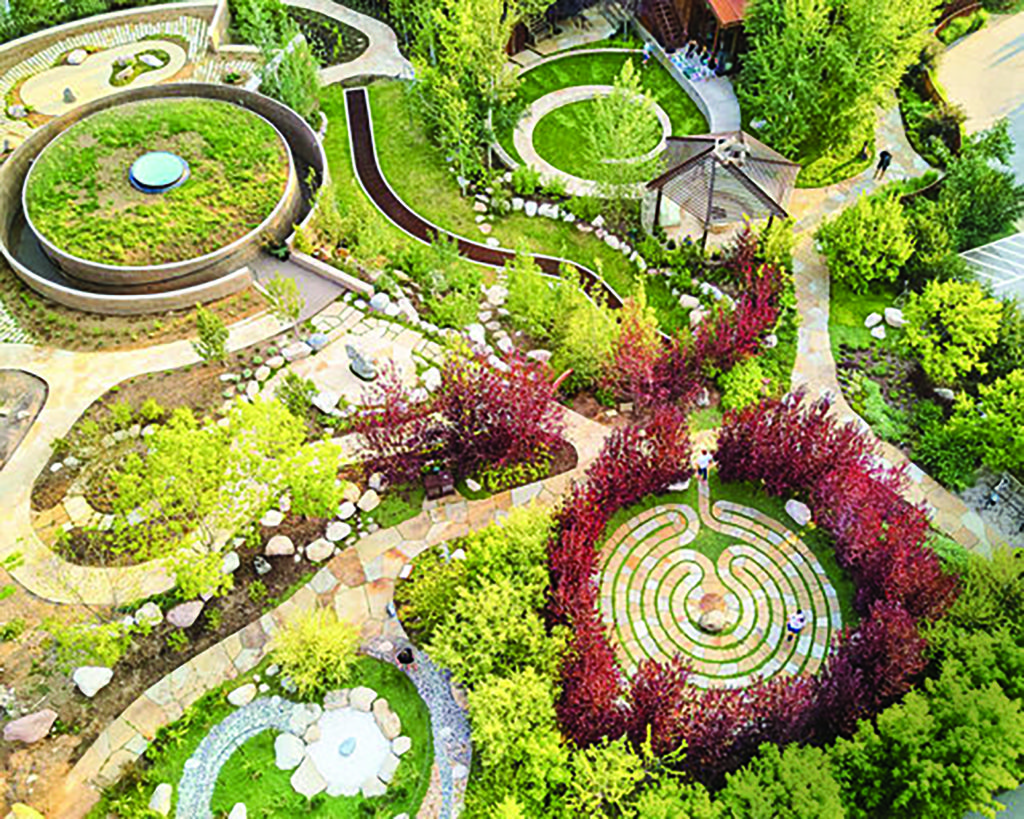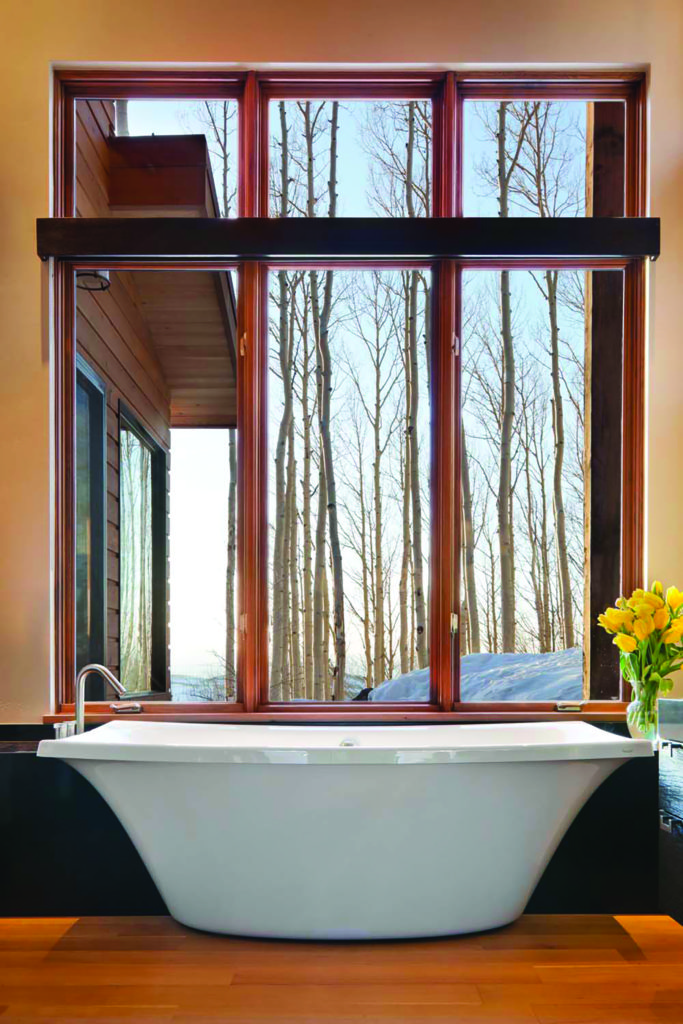
By Lea Sisson
Space matters. We spend 80 percent or more of our time indoors. Architecture cannot be reduced to the utility of function; it has to be designed to promote human flourishing. For this, a holistic approach is necessary. The word biophilia, first coined by social psychologist Erich Fromm, embraces the idea that people have an innate tendency to look for connections with nature and other forms of life. “That’s nice,” we say. “Feels right. But so what?” Research shows that this connection is something we need for well-being: Roger Ulrich, in 1984, published the first scientific data showing that patients recovering from surgery in rooms with views of nature had an increased rate of healing.
Since then, a growing body of research in the fields of neuroscience, biology and cognitive sciences allows a more sophisticated understanding of how the brain, body and nervous systems operate. With more humans than ever before contending with mental health and cognitive impairments leading to poor physical health, current research and findings from neuroscience and other fields are game-changing.

Connection to nature, seeing it, being able to access it and care for it are some of the hallmarks of biophilic design. If you do not have a window that looks out to a garden, bring a garden inside. Caring for plants is good for you, too. If you want to go a step further, get plants that create the most oxygen day and night, absorbing harmful chemicals emanating from your carpet or furniture. Kamal Meattle has a great TED talk on this subject: “How to Grow Fresh Air.”
Get outside! Create access to a garden or a balcony or a roof garden. Feel the weather, hear the world.
Light and darkness, at appropriate times, are essential for keeping circadian rhythms in check. Otherwise, we fall into stress responses, memory loss and attention deficit.
Natural light keeps us alert and comfortable. Where natural illumination is not available, choosing the right artificial light is important. Avoid fluorescent and cheap LEDs; their flicker makes focusing more difficult. If you are designing from scratch, it’s a travesty not to create enough natural light to eliminate the use of artificial light during the day—both for the inhabitants’ well-being and the reduced carbon footprint.
Darkness is an absolute must for sleep: no computer, no TV. Blue-white light is bedtime’s enemy. The red light of a fireplace is soothing, and helps release melatonin the body needs to sleep.
Do yourself a favor and seek out a connection to nature. Nurture it at home. Give yourself this gift for your well-being and bring it to those around you.
Lea Sisson is an Aspen-based architect focused on creating healing environments. leasissonarchitects.com





